In the world of heavy-duty transportation, knowing the weight capacity of your vehicle is crucial for efficiency, legality, and safety. For those in the construction, landscaping, and waste management industries, tandem trailer dump trucks serve as indispensable workhorses. But how much can a tandem trailer dump truck weigh? This article will explore this critical question, breaking down the particulars regarding capacity, regulations, and operational considerations.
The Basics of Tandem Trailer Dump Trucks
What is a Tandem Trailer Dump Truck?
A tandem trailer dump truck is a specialized vehicle composed of a truck and one or more trailers that are designed to transport and unload materials such as soil, gravel, and debris. The term “tandem” refers to the configuration of the axles, which are arranged in pairs to enhance load distribution and stability.
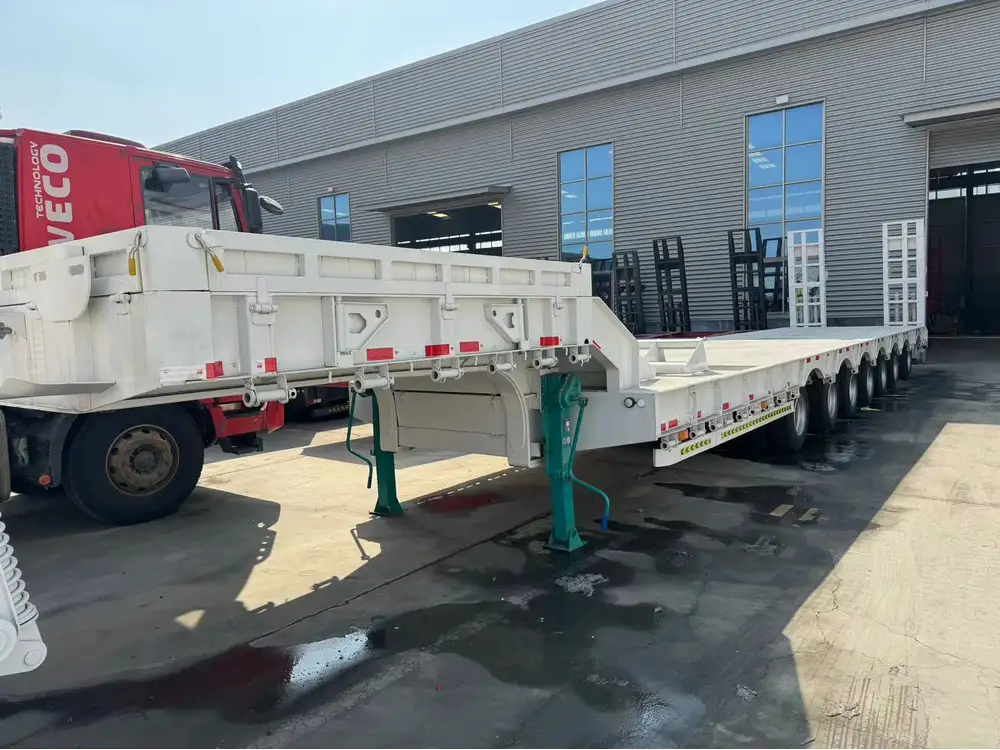
Weight Classifications
Gross Vehicle Weight Rating (GVWR): This is the maximum weight a vehicle is rated to safely handle. It includes the weight of the truck, any trailers, and the entire payload.
Payload Capacity: This refers to the weight of the load the truck can carry, which is typically calculated by subtracting the truck’s empty weight from its GVWR.
Curb Weight: The weight of the truck without passengers or cargo but with all necessary operating equipment.
| Weight Type | Description |
|---|---|
| Gross Vehicle Weight Rating | Maximum total weight allowed for the vehicle |
| Payload Capacity | Total weight of the load the vehicle can carry |
| Curb Weight | Weight of the truck without any load or passengers |
Calculating the Weight of a Tandem Dump Truck
Understanding how much a tandem trailer dump truck can carry goes beyond simple numbers; it involves knowing the truck’s specifications and intended use.
Factors Influencing Weight Capacity
Truck Specifications: The make and model of the truck play a crucial role in determining its maximum weight capacity. For example, a standard tandem dump truck typically has a GVWR ranging from 26,000 to 33,000 pounds.
Material Composition: Different trucks are constructed using varying materials—steel, aluminum, or composite—which can influence weight.
Configuration: The number of axles and their configuration can significantly impact the weight distribution and capacity.
Local Regulations: Various jurisdictions have weight regulations, which can limit payload capacity based on road conditions and local laws.

Example Calculation
To illustrate, let’s assume we have a tandem trailer dump truck with the following specifications:
- GVWR: 33,000 pounds
- Curb Weight: 15,000 pounds
The payload capacity can be calculated as follows:
Payload Capacity = GVWR - Curb Weight
Payload Capacity = 33,000 lbs - 15,000 lbs = 18,000 lbsThis means, under ideal conditions, this specific tandem trailer dump truck can safely carry a load of up to 18,000 pounds.
Legal Weight Limits and Regulations
Federal vs. State Regulations
It is imperative for operators of tandem trailer dump trucks to stay informed about both federal and state weight limits to avoid hefty fines and operational setbacks.
Federal Regulations: The Federal Highway Administration (FHWA) sets guidance on weight limits for vehicles operating on federal highways.
State Regulations: Additionally, individual states have their own laws which can differ significantly, including specific weight limits based on road classification, axle configuration, and vehicle type.
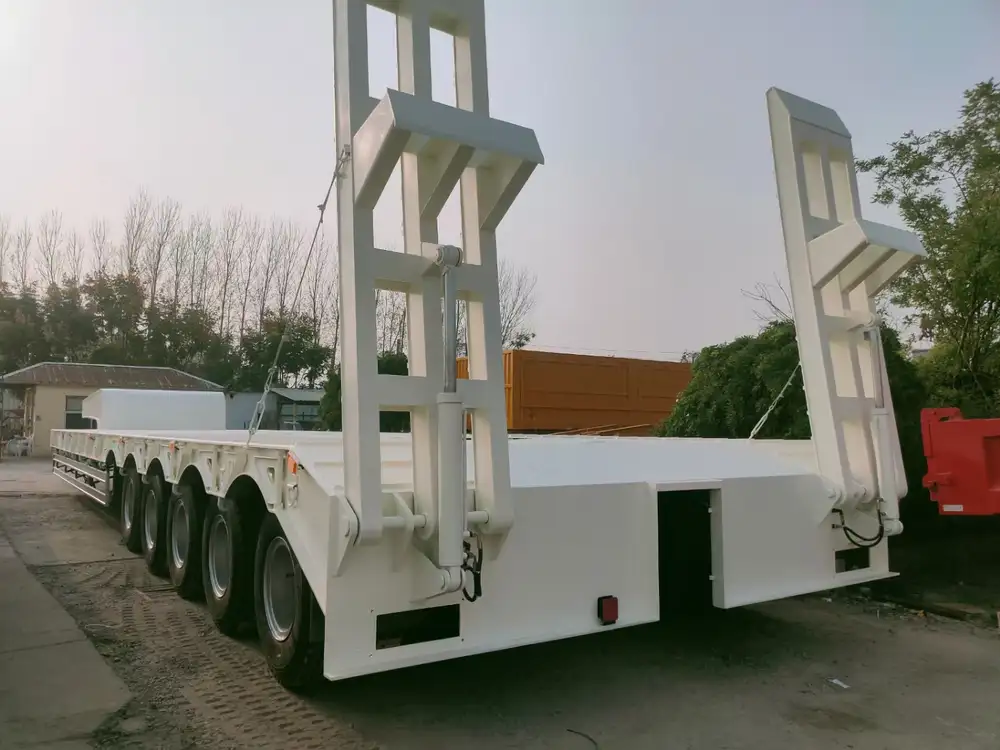
Understanding the “Bridge Formula”
One critical piece of legislation to consider is the Bridge Formula, which was developed to prevent bridge damage caused by heavier trucks. This formula calculates the maximum weight allowed on a bridge based on the number of axles and the distance between them:
W = 500 * (LN/N-1 + 12N + 36)Where,
- W = maximum weight in pounds
- L = distance in feet between the outer axles
- N = number of axles
Understanding this formula is essential for ensuring compliance when operating tandem trailer dump trucks, especially on routes that include bridges.
Real-world Applications of Tandem Trailer Dump Trucks
Tandem trailer dump trucks are utilized in various sectors. Here are some common applications:
Construction Sites
In construction, these trucks manage the transport of heavy materials like concrete and sand. Their robust nature allows them to carry substantial loads, making job site operations more efficient.
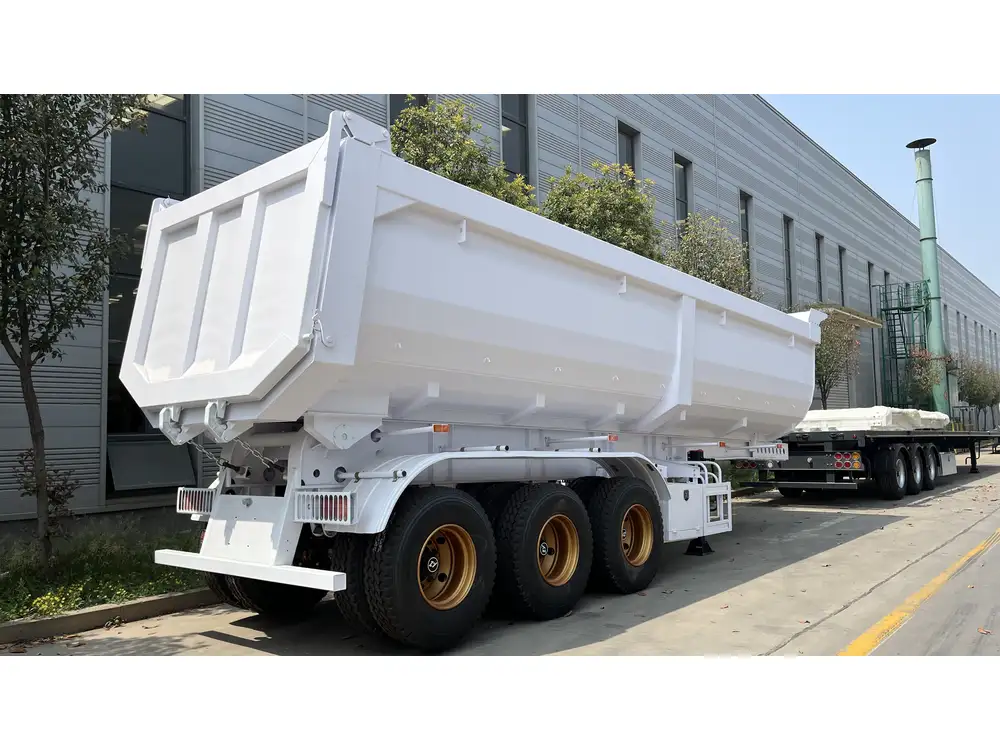
Landscaping
Landscapers utilize tandem dump trucks to haul mulch, rocks, and waste. Efficient loading and unloading processes help maintain timelines on projects while adhering to weight regulations.
Waste Management
For waste management companies, tandem dump trucks are vital. They transport bulk materials to and from disposal sites with a focus on meeting weight limits for safe travel on public arteries.
Best Practices for Maximizing Payload and Safety
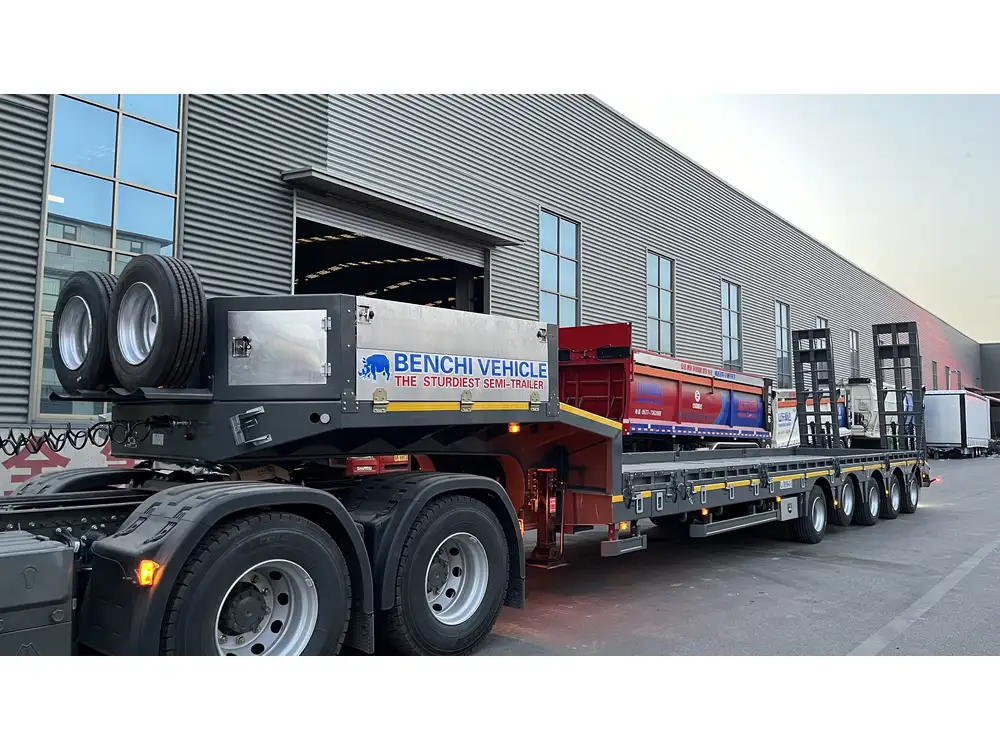
Regular Maintenance Checks
It’s essential to perform regular maintenance checks on both the dump truck and the trailer. This includes:
- Inspecting brakes and tires
- Ensuring the integrity of load-bearing components
- Checking hydraulic systems
Load Distribution
Proper load distribution can prevent axle overloads. Operators should be trained in best practices for loading, ensuring that weight is evenly distributed across the axles.
Use of Technology
Modern technologies such as weight scales and onboard monitoring systems can significantly enhance load management. These tools can alert operators if the vehicle is approaching its legal weight limit.

Employee Training
Training for drivers and loaders about the intricacies of weight limits, load management, and hauling heavy materials can dramatically improve safety and operational efficiency.
The Future of Tandem Trailer Dump Trucks
As technology advances, tandem trailer dump trucks are evolving to become more efficient. Innovations in materials, compliance technologies, and digital monitoring will enable operators to maximize payloads while adhering to regulations seamlessly.
Electrification
The future could also see the rise of electric tandem dump trucks, which promise lower operating costs and reduced environmental impact.
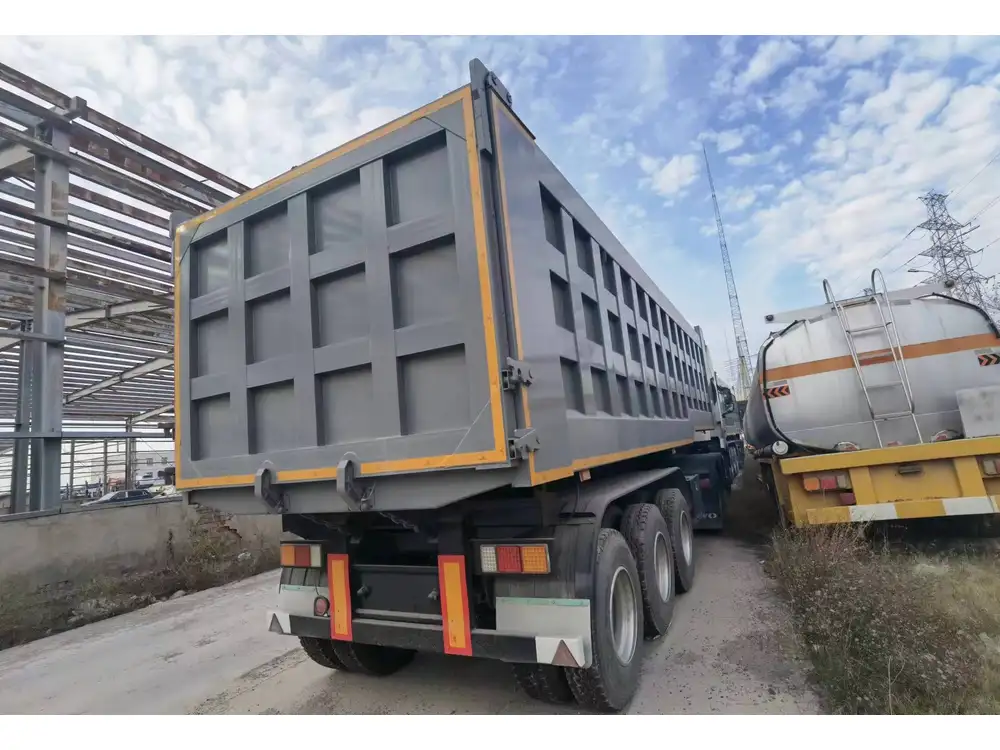
Autonomous Features
Additionally, the advent of autonomous driving technologies could revolutionize how these vehicles are operated, improving safety and efficiency.
Conclusion
In sum, understanding how much a tandem trailer dump truck can weigh is not only essential for compliance with legal standards but also for maximizing operational efficiency. By considering various factors—including truck specifications, state regulations, and proper load management—operators can ensure that they are utilizing their equipment to its fullest potential.
With strategic thinking, thorough training, and an eye toward future advancements, industries that rely on tandem trailer dump trucks can continue to thrive, navigating the complexities of weight management and operational legality with confidence and competence.



